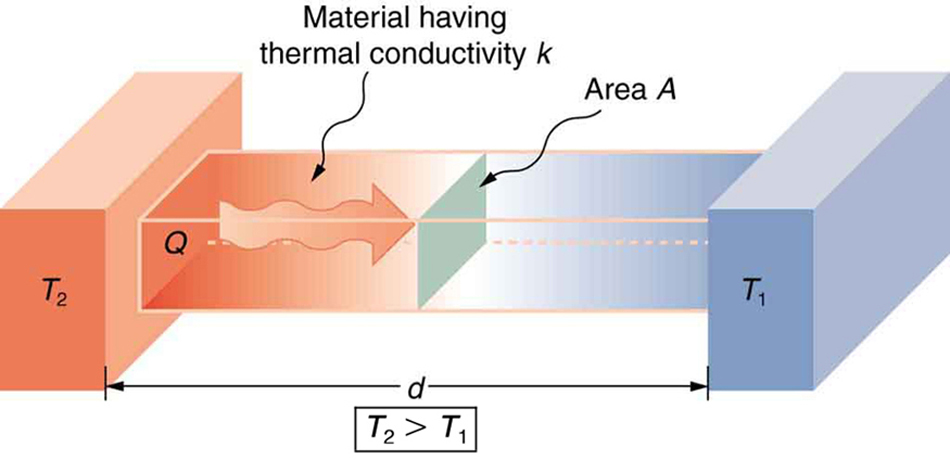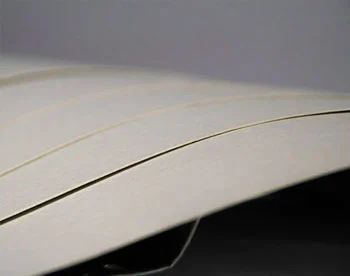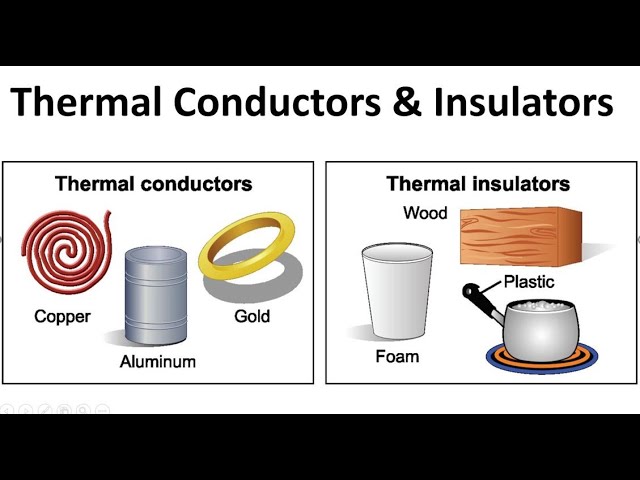Have you ever wondered why your coffee cup keeps your coffee hot while the spoon inside gets scalding? This happens because of two important thermal properties: thermal conductivity and thermal insulation. But what do these terms really mean, and how do they differ?
Understanding these concepts is not just academic; it’s practical. Whether you're selecting building materials, designing electronics, or simply choosing the right clothes for a winter hike, knowing the difference between thermal conductivity and insulation can make all the difference.
Why Understanding Thermal Properties is Important
Thermal properties affect everything from the comfort of your home to the efficiency of your car engine. With energy efficiency and sustainability becoming hot topics, knowing how to control heat transfer is crucial. That’s where thermal conductivity and thermal insulation come in.
Basic Definitions and Their Roles
Let's start by breaking down these terms.
What is Thermal Conductivity?
Thermal conductivity refers to the ability of a material to conduct heat. Think of it as how quickly heat can pass through a material. Metals like copper and aluminum are great conductors, which is why they’re often used in cooking utensils and heat sinks.
What is Thermal Insulation?
Thermal insulation, on the other hand, is all about resistance to heat flow. It’s not about passing heat but stopping it. Materials like foam, wool, and fiberglass are excellent insulators, keeping heat in (or out) depending on the need. That’s why your coffee cup stays warm longer when it’s wrapped in a cozy sleeve.
Let’s explore thermal conductivity in more detail.
How Thermal Conductivity Works
Thermal conductivity is all about how heat transfers through a material. Imagine a row of dominoes: when you push one, the force travels through all of them. In the same way, heat moves through materials via vibrating particles or free electrons in metals.
Factors Affecting Thermal Conductivity
Material Composition: Metals have free electrons that aid in heat transfer, making them highly conductive.
Temperature: As temperature increases, so does thermal conductivity, but only up to a point.
Density and Structure: The more tightly packed the particles, the better the material conducts heat.
Real-Life Examples of Thermal Conductivity
Cookware: Pots and pans are often made of aluminum or copper due to their high conductivity.
Electronic Devices: Heat sinks in computers are designed to draw heat away from sensitive components.
Measuring Thermal Conductivity
Measuring how well a material conducts heat requires specific tools and units.
Units and Tools Used in Measurement
Thermal conductivity is measured in watts per meter-kelvin (W/m·K). Instruments like the laser flash apparatus or the guarded hot plate method are used to measure it accurately.
Application in Different Industries
From aerospace to electronics, understanding a material's thermal conductivity helps engineers design systems that manage heat effectively.

image from phys.org
Now, let’s look at the opposite side of the spectrum: thermal insulation.
How Thermal Insulation Works
Insulation is all about creating barriers to prevent heat transfer. If thermal conductivity is like an expressway for heat, insulation is a traffic jam. It works by trapping air or creating dead spaces that make it hard for heat to pass through.
Principles of Thermal Resistance
The effectiveness of insulation is measured by its thermal resistance, or R-value. The higher the R-value, the better the material is at insulating.
Common Materials Used for Insulation
Fiberglass: Commonly used in homes, it traps air pockets to slow down heat transfer.
Foam: Rigid foam boards are excellent insulators for walls and roofs.
Wool and Cotton: Natural insulators often used in clothing.
→→ More thermal insulation material.
Measuring the Effectiveness of Insulation
R-value Explained
R-value measures the resistance to heat flow. For example, a higher R-value means better insulation, crucial for reducing energy costs in buildings.
Importance of Insulation in Energy Efficiency
Proper insulation reduces the need for heating and cooling, making buildings more energy-efficient and reducing carbon footprints.

Conceptual Differences
Thermal Conductivity: Measures how well heat moves through a material.
Thermal Insulation: Measures how well a material resists heat flow.
Functional Differences in Real-World Applications
Conductive Materials: Used where efficient heat transfer is needed, like in radiators or electronics.
Insulative Materials: Used to keep heat in or out, such as in building walls or coolers.

Inverse Relationship Explained
High thermal conductivity means low insulation, and vice versa. For instance, metals conduct heat well but are poor insulators. This inverse relationship is essential for choosing materials in construction, manufacturing, and more.
Choosing the Right Material for the Right Purpose
Understanding whether you need to conduct or insulate heat can guide material selection. For example, in a house, you'd want low thermal conductivity (high insulation) in the walls but high thermal conductivity in heating elements.
Considerations for Different Environments
Hot vs. Cold Climates
Hot Climates: You want to keep heat out, so look for high R-value materials.
Cold Climates: Insulation is key to keeping warmth in, so choose materials with low thermal conductivity.
Industrial vs. Residential Use
Industrial: Often requires materials with specific conductive or insulative properties for safety and efficiency.
Residential: Focus on comfort and energy efficiency, often needing high insulation.
Understanding the difference between thermal conductivity and thermal insulation is more than just scientific curiosity—it’s practical knowledge that impacts everyday life. Whether you're an engineer designing a new product or a homeowner insulating your attic, knowing how these properties work can save time, money, and energy.